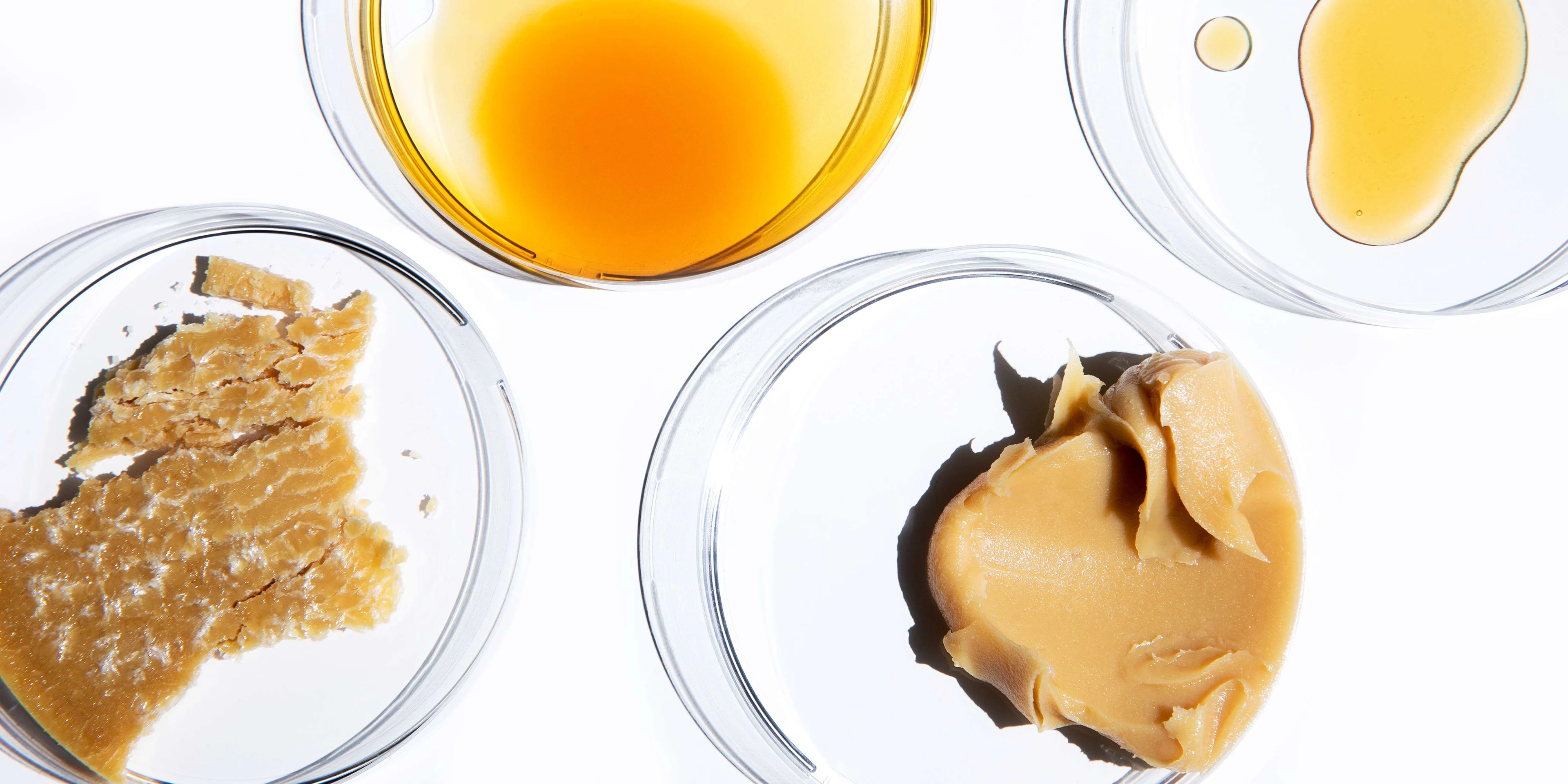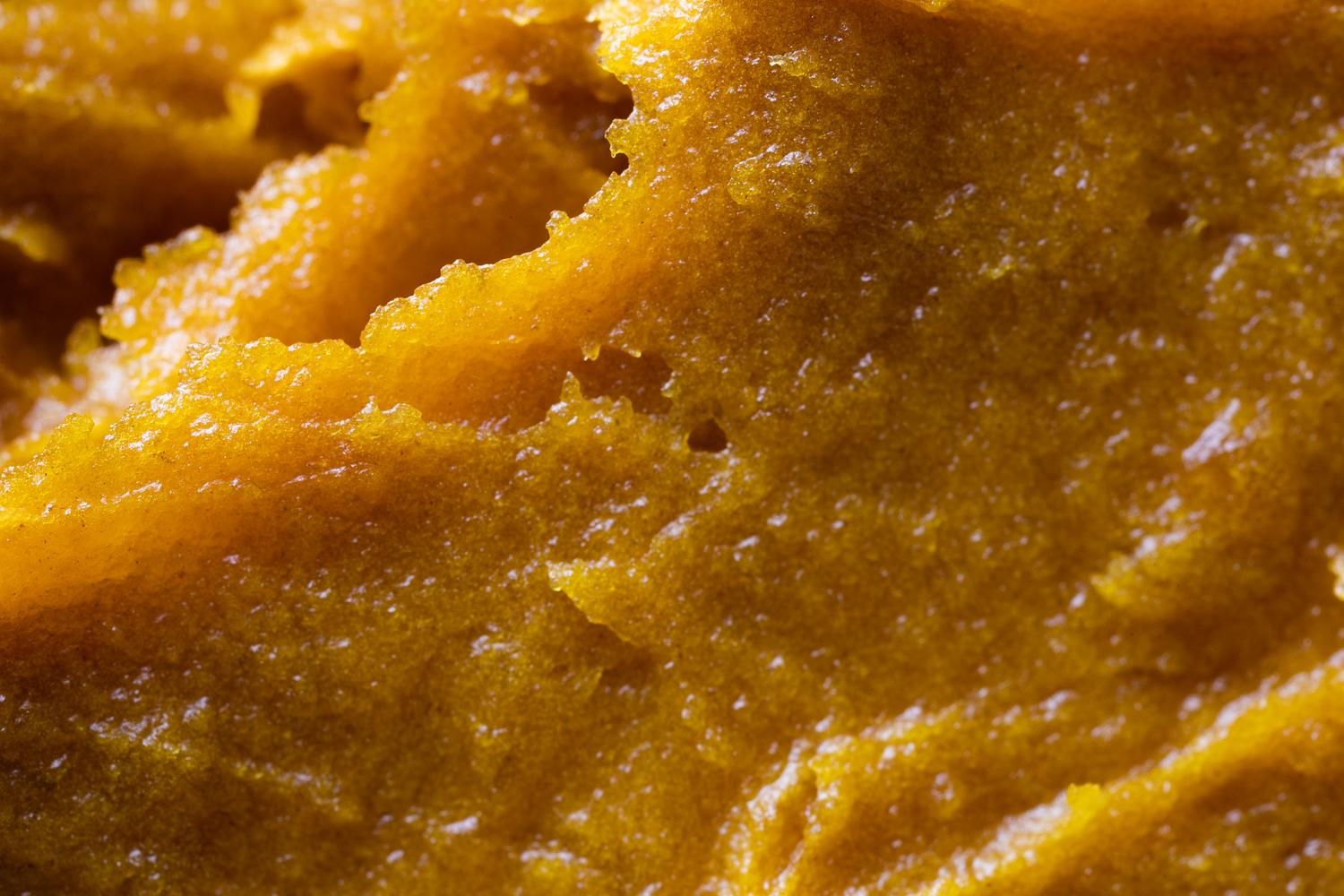
Renewable solutions
6 minute read
Waste and residues: how to unlock the potential of challenging raw materials to cut our fossil dependence?
Waste and residues is a pair of words that often come up in conversations around sustainability solutions and circular economies. But what are they and what does it take to turn them into renewable products? Why should we be investing in unlocking the full potential of waste and residues as raw materials?
In the context of renewable solutions, the terms “waste'' and “residue” both refer to secondary renewable, bio-based or biogenic materials, many of which originate from various industrial and commercial processes. They are not the primary outcome such processes are designed to produce. For example, the EU Renewable Energy Directive defines waste as something that is discarded or is required to be discarded, and residues are a substance that is not a primary aim of a production process.
Examples of waste and residues include used cooking oil (UCO) and animal fat waste originating from various food industry processes. Vegetable oil processing is another source for waste and residues. “We have been using waste and residues as raw materials for our renewable products for over a decade already, and have increased their share to more than 90% of our renewable raw material inputs,” explains Diego Marques, Vice President Feedstock Growth, Renewables Platform, responsible for developing Neste’s global waste and residue sourcing.
“While continuously strengthening our waste and residue sourcing globally, we are also investing heavily in exploring waste and residue streams that are currently underutilized and could be turned into high-quality renewable products. The waste and residues currently studied by Neste include, for example, acid oils, brown grease, forest and agricultural residues, as well as municipal solid waste,” he adds.
The many applications of waste and residues as a raw material
Instead of being dumped in landfill, clogging up sewage systems or polluting natural environments, many wastes and residues can be refined into everyday products that help us reduce our reliance on their fossil counterparts. Specifically, they can be turned into renewable fuels and used in the production of polymers and chemicals that in turn can be used, for example, to make more sustainable plastics for various products such as durable coffee cups, baby pacifiers and strollers, car parts, as well as electronic and medical devices.
Resource efficiency, greater circularity and reductions in greenhouse gas emissions are only some of the significant benefits of tapping into waste and residues as resources to replace fossil-based products with renewable ones.
Resource efficiency to support circularity
Transitioning into a circular economy is key if we are to limit global warming within safe limits for the long term – finding new uses for waste is an important cornerstone of this approach.
By using waste and residues as raw materials for renewable products, we are able to create more with less, increasing resource efficiency. In addition, the demand for virgin materials may be decreased, alleviating pressure on natural resources and reliance on fossil resources.
A solution to reduce emissions
The carbon footprint of products produced from wastes and residues can be significantly smaller than that of fossil-based alternatives. For example, with Neste MY Renewable Diesel™ greenhouse gas (GHG) emissions can be reduced by as much 95%*, when the product is produced 100% from waste and residue raw materials, and the emissions over the fuel's life cycle are compared with fossil diesel.
The challenges with using waste and residues
While there is plenty of waste and residues around, and their use makes sense, their utilization on a large scale is not always a straightforward process. There are many challenges to address, such as the lack of sufficient waste management (i.e. collection or sorting infrastructures); the fact that many waste and residue volumes are scattered geographically and larger volumes must be sourced from multiple smaller streams; low quality of some of the materials and the impurities that the waste material may contain; the lack of suitable technologies and commercial-scale capabilities to enable their cost-efficient processing into renewable products.
“What has made it possible for Neste to harness the potential of waste and residues at a large scale is that we made the decision to focus on them very early. We have invested in innovating and developing sophisticated refining technologies, as well as pretreatment capabilities to remove impurities from the raw materials, while continuously building global, sustainable supply chains for sourcing multiple types of waste and residues,” highlights Artturi Mikkola, Vice President Supply, Renewable Products from Neste.
“We need to continuously make sure all the waste and residues we use are sourced in a sustainable manner. This is a commitment we take very seriously at Neste. While the market gets more and more competitive and complex, robust sustainability criteria, close collaboration with suppliers, and mechanisms to ensure traceability are increasingly important.”
“Using waste and residues to build a more sustainable future requires taking a comprehensive approach that balances environmental, social, and economic factors with our need for renewable raw materials,” concludes Mikkola.
Why is ongoing innovation needed?
Today, using waste and residues as raw material already represents an immediate and effective method for replacing the use of fossil resources and reducing related carbon emissions.
But the true potential and scalability of these types of raw materials will be unlocked with further innovation and research into new types of waste and residue streams that can safely and sustainably be harnessed for the production of renewables.
“We really need to harness more waste and residue streams in addition to the ones that are already successfully being used. At this moment, we estimate the availability of waste and residue oils and fats suitable for our technology to grow to around 40 million tons per year by 2030. However, as the demand for renewable products grows in line with climate ambitions, more is needed,” says Marques.
He adds: “Different raw materials have unique properties and conversion pathways, which can be leveraged to produce an even wider array of more sustainable products. An increasingly diverse portfolio of raw materials will also bring the added benefit of enhancing the stability of supply chains, while mitigating the impact of competition for resources between different industries.”
The exciting journey transforming waste and residues from a problem to a solution has only just started – watch this space.
*) Calculation method: EU RED II 2018/2001/EU. The GHG emission reduction varies depending on the region-specific legislation that provides the methodology for the calculations (e.g. EU RED II 2018/2001/EU for Europe and US California LCFS for the US), and the raw material mix used to manufacture the product for each market.
Credits:
Neste




